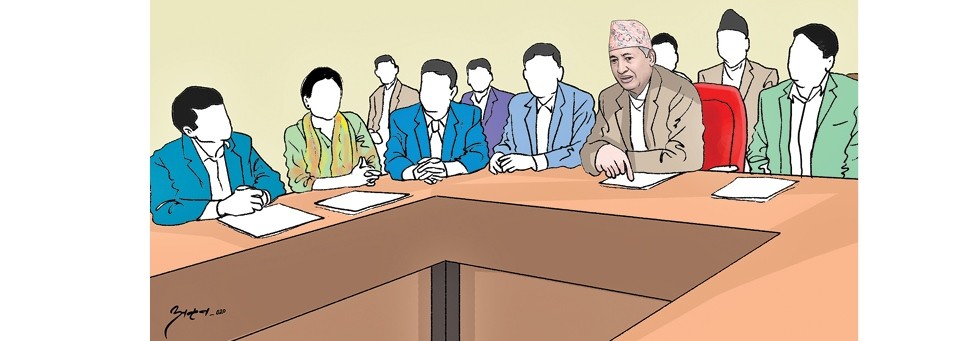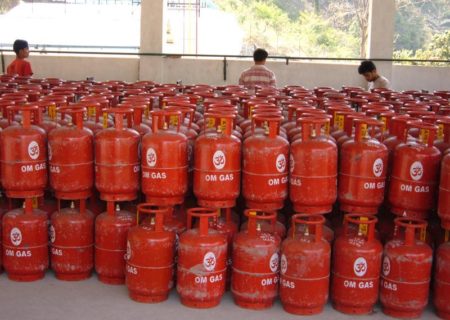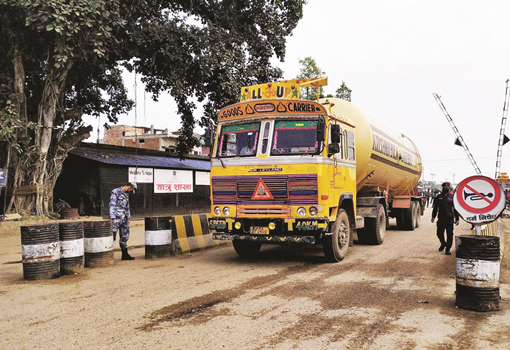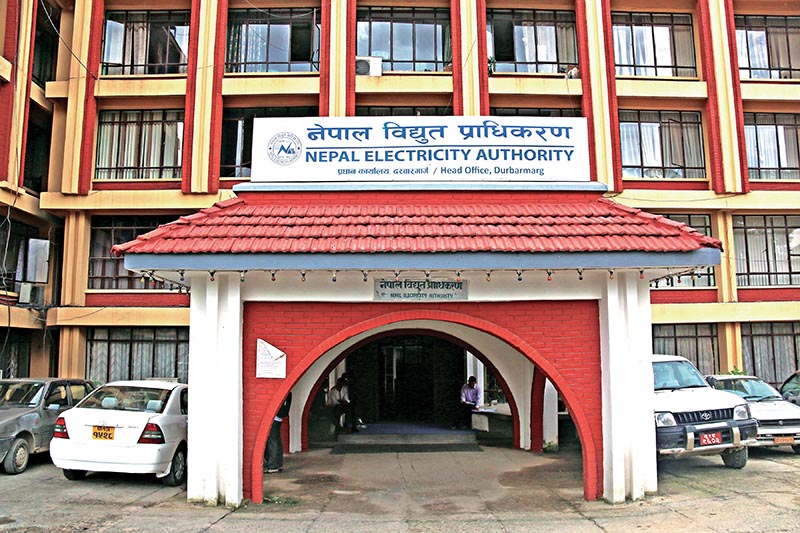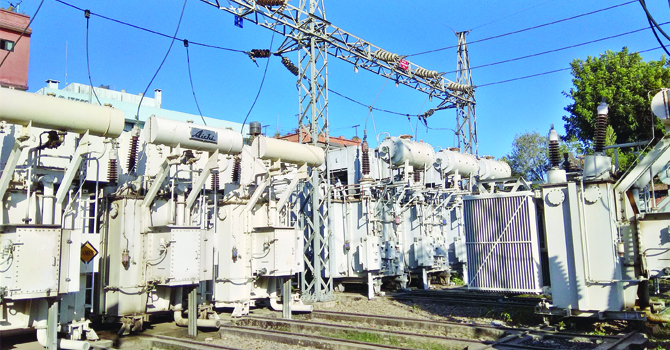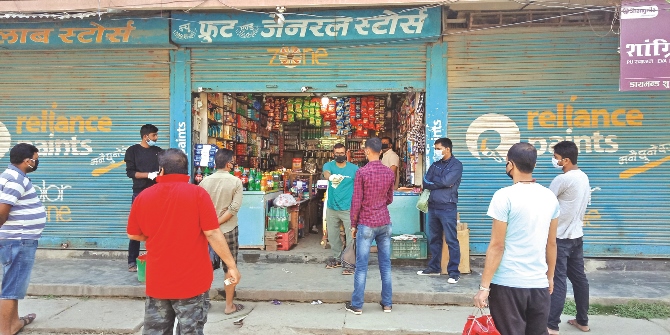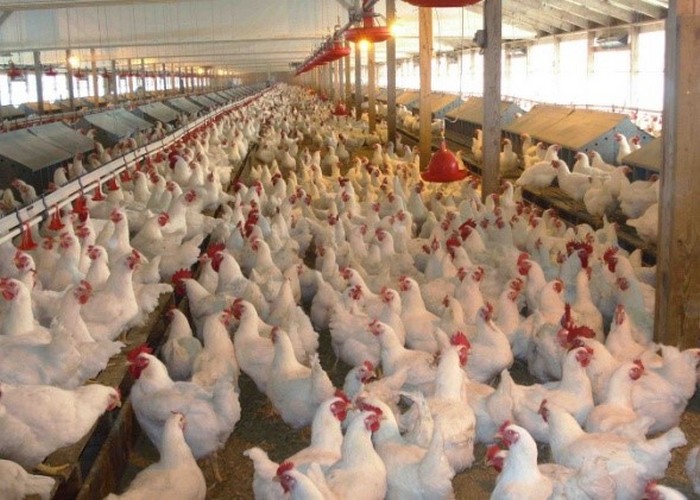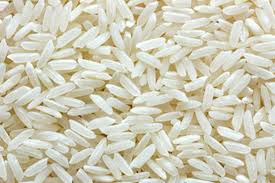No reduction in goat demand in Kathmandu
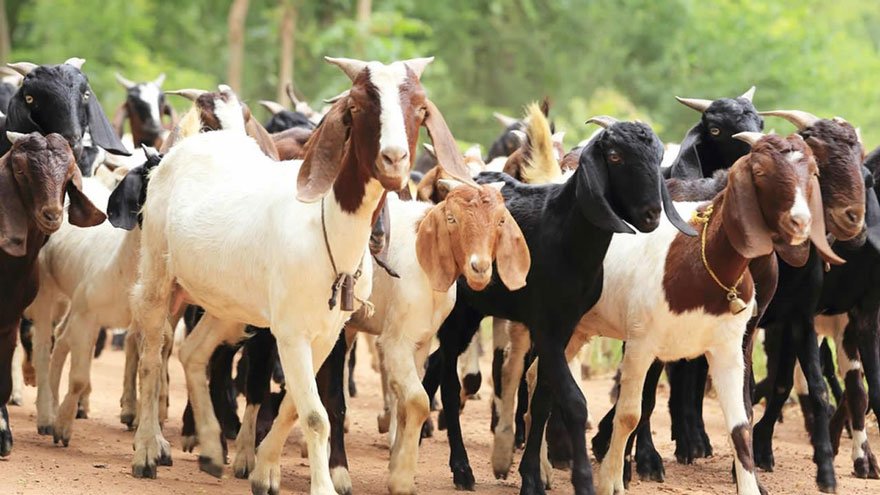
By Laxman Kafle
Kathmandu, Oct. 23: There has been no reduction in the demand for goats in Kathmandu Valley even amid the fear of COVID-19.
“The inflow of people at the goat markets is encouraging for the last four days which shows the demand for goats will not be down in Kathmandu Valley this year’s Dashain compared to the consumption of last year,” said Dr. Banshi Sharma, Director General, Department of Livestock Services.
He said that around 40,000 goats will be sacrificed in the Kathmandu Valley to celebrate Dashain this year.
He, however, said that the demand for he-buffaloes, pigeons and ducks would come down due to the closure of temples.
The demand for goats, he-buffaloes, pigs and chicken in the Kathmandu Valley this Dashain would be met from the domestic supply, he claimed.
“We had predicted that the demand for goats would decrease in Kathmandu Valley due to the impact of COVID-19 but it did not drop as we had thought earlier,” he said.
The supply of goats inside the Kathmandu Valley was normal, he said, adding that the price per kilogram of live goats had increased over the last two days after increased demand.
“I visited the market in Sallaghari of Bhaktapur and Kalanki of Kathmandu on Wednesday. I found that the price of goats has been fluctuating based on the demand but the price of mountain goat is stable in the market,” he said.
Traders are selling live goats at up to Rs. 700 per kilogram while the mountain goats are sold at Rs. 1,000 per kilo, he said.
The traders are supplying goats and mountain goats to the Kathmandu Valley smoothly from various parts of the country, he told The Rising Nepal.
There is no shortage of goats and he-buffaloes in the rural areas throughout the year, Dr. Sharma said.
According to him, around 25,000 local goats had already arrived in the Kathmandu Valley and additional 15,000 were on the way.
The price of goats is comparatively higher in market compared to the price of goats sold by Food Management and Trading Company Limited.
Now the FMTC is selling a live goat at Rs. 550 per kilogram.
The country has become self-reliant in goats, chickens and pigs, he said. About 3.3 million goats are used for meat every year. Out of them, 2.7 million goats are consumed outside the valley and 600,000 in the Kathmandu Valley, he said.
The total population of goats in Nepal is estimated at 12.5 million.
Deepak Thapa, former president of the Nepal Livestock Traders Association, said that goat supply was smooth in the Kathmandu Valley.
The traders are supplying more than 5,000 goats in the Valley on a daily basis for the last three days, he said.
The inflow of people at the goat markets of the Kathmandu Valley is growing day by day over the days, he said, adding that the consumption of meat would not decline this year than the last year’s Dashain.
He, however, said the price of live goats increased by up to Rs. 100 per kg this festival compared to last year due to increased demand for goats suddenly.
“The traders did not supply large numbers of goats to Kathmandu with the assumption that the demand for goats could be low this year. But the prediction of the traders was wrong,” he said.
Recent News

Do not make expressions casting dout on election: EC
14 Apr, 2022
CM Bhatta says may New Year 2079 BS inspire positive thinking
14 Apr, 2022
Three new cases, 44 recoveries in 24 hours
14 Apr, 2022
689 climbers of 84 teams so far acquire permits for climbing various peaks this spring season
14 Apr, 2022
How the rising cost of living crisis is impacting Nepal
14 Apr, 2022
US military confirms an interstellar meteor collided with Earth
14 Apr, 2022
Valneva Covid vaccine approved for use in UK
14 Apr, 2022
Chair Prachanda highlights need of unity among Maoist, Communist forces
14 Apr, 2022
Ranbir Kapoor and Alia Bhatt: Bollywood toasts star couple on wedding
14 Apr, 2022
President Bhandari confers decorations (Photo Feature)
14 Apr, 2022


